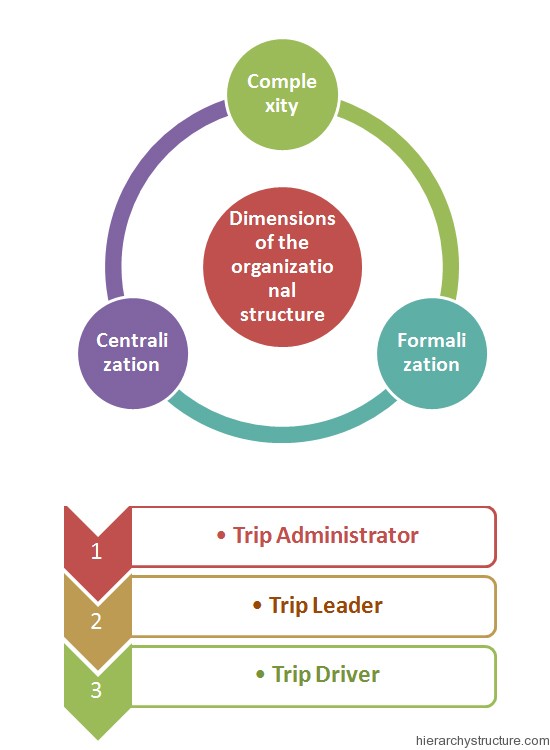Organizational hierarchy is an important aspect in each and every field. The organizational hierarchy increases the levels of communication between all the members of a particular group. Each member in the group knows as what is his/her specific job role and to whom, s/he has to report. The performance of each and every member of a particular group can be enhanced by the help of a perfect organizational structure. A well drafted organizational structure helps in achieving the goals of the group in an effective way. As we are now well aware of the importance of organizational structure in a group, let’s discuss about the sports organization hierarchy.
As with other groups or organizations, the people associated with sports are also a part of sports club or a team and there also exists a specific organizational hierarchy. When it comes to sports, there are basically three main aspects or dimensions of the organizational structure or hierarchy. These three aspects are:

- Complexity
- Formalization
- Centralization
Let’s discuss each of the aspects in some details:
Complexity
- Complexity of the sports organization hierarchy is determined by the horizontal and vertical differentiation.
- The more differentiation in an organization, the more complex will be the whole scenario.
- Vertical differentiation means the levels of an organization or the organizational hierarchy.
- Horizontal differentiation means the specialization of work or the divisions of work among several members of the group.
- If a sports organization is horizontally or vertically differentiated in excess, then the levels of hierarchy also increase and communication becomes very important in this case.
Formalization
- Formalization is another aspect related to the sports organization hierarchy, which is basically the idea as how formal a sports organization should be.
- According to this concept, everything should be standardized. For example, contracts are written up for the players, formal evaluations are conducted and specific job descriptions are provided to distinct employees.
Centralization
- Centralization is another aspect of the sports organization hierarchy.
- In larger sports organization, where the hierarchy structure are tall, the decisions are made at the top of the organization.
- In the smaller organizations, the decisions tend to be decentralized.
Now that, we have discussed the various formats of the organizational hierarchy prevalent in the sports club and organizations, we will discuss in brief about the job roles of some of the positions in a sport organization.
Trip Administrator:
- A trip administrator approves the trip request of the sport group and manages all the required documentation processes.
- S/he supervises and assists all the trip leaders.
- S/he ensures that there is appropriate communication between the trip leaders, prior to the trip.
Trip Leader:
- The trip leader works in association with the trip administrator.
- The trip leader informs the administrator in case of any change in the trip details.
- The trip leader handles the responsibility of the trip drivers, in case multiple vehicles are being used for the trip.
Trip Driver:
- A trip driver carries the members of the sport club to the desired destination.
- According to the state law, a trip driver must have a valid driver’s license.
